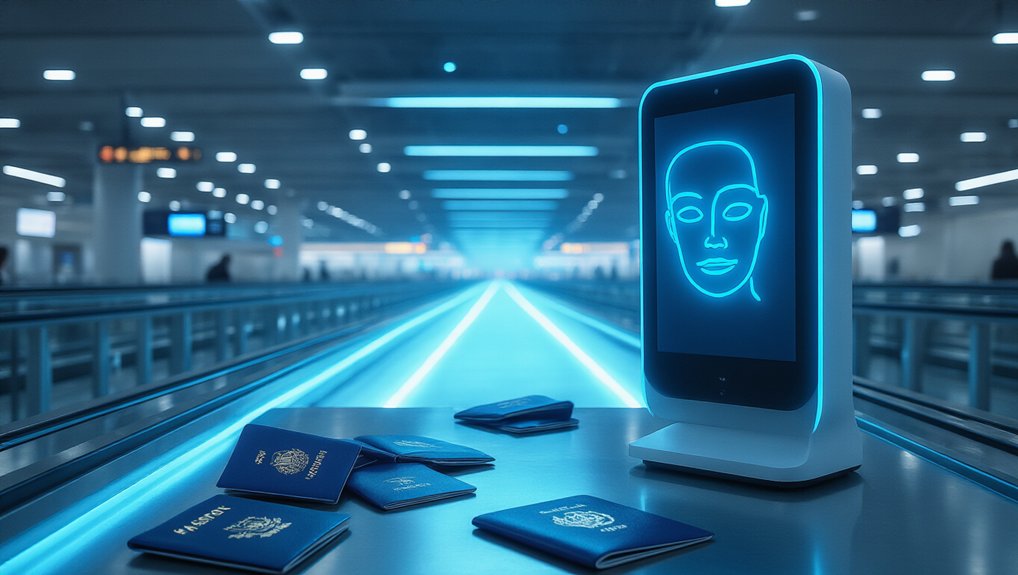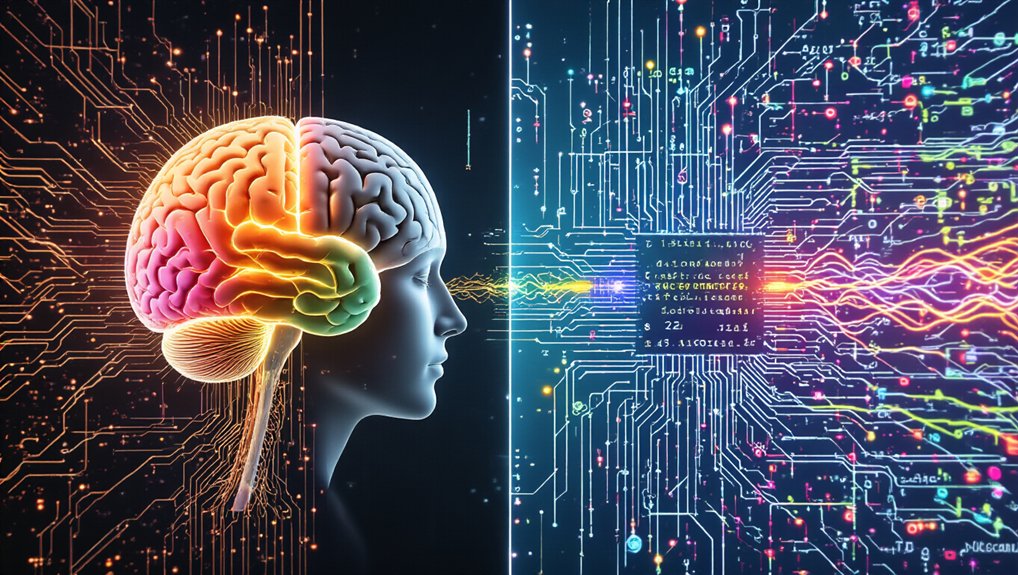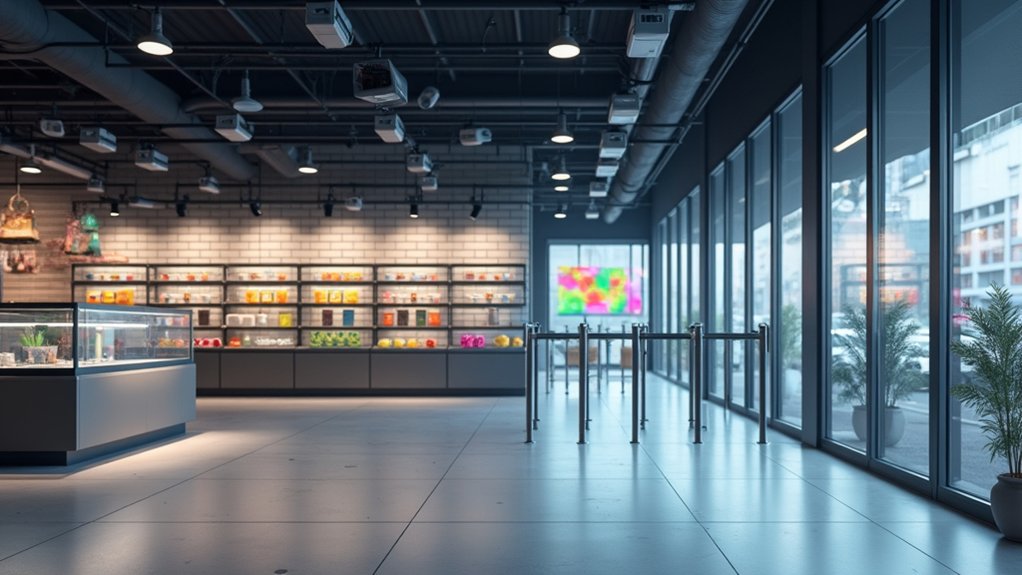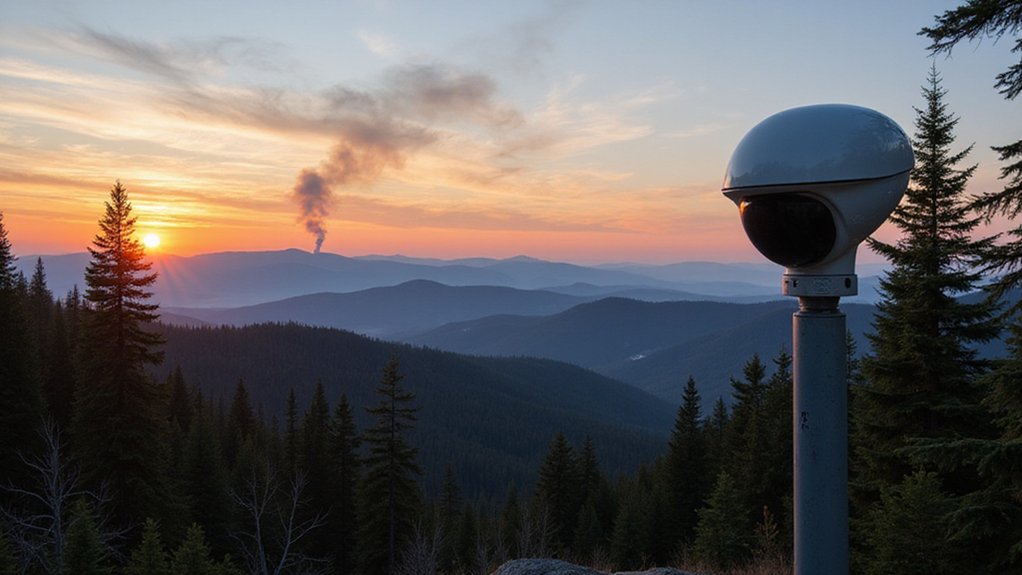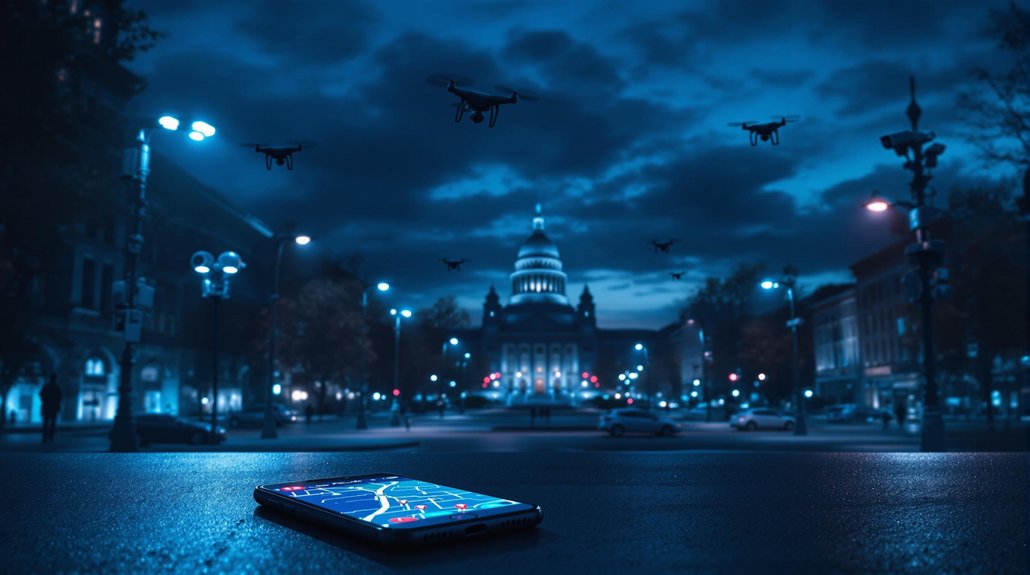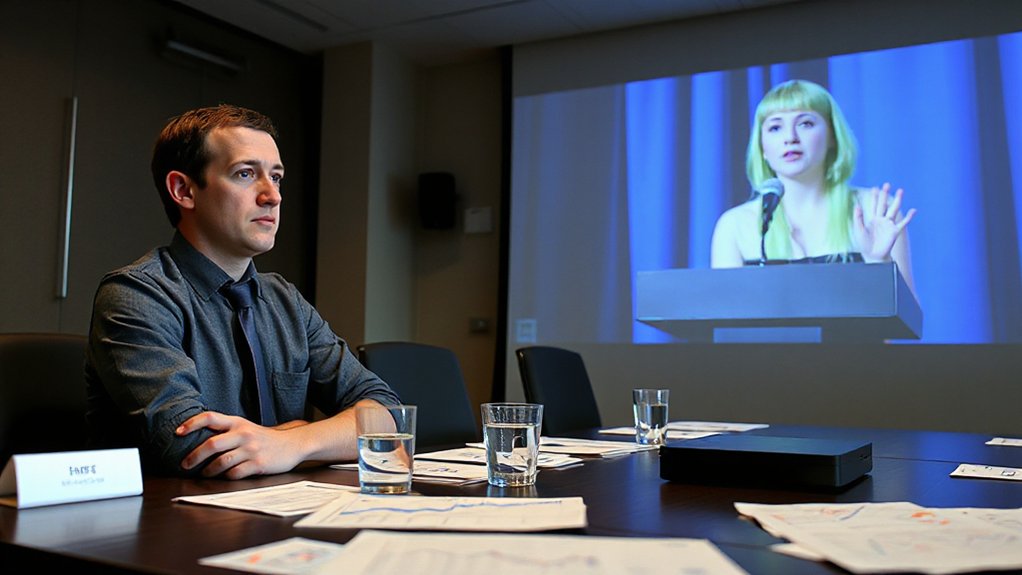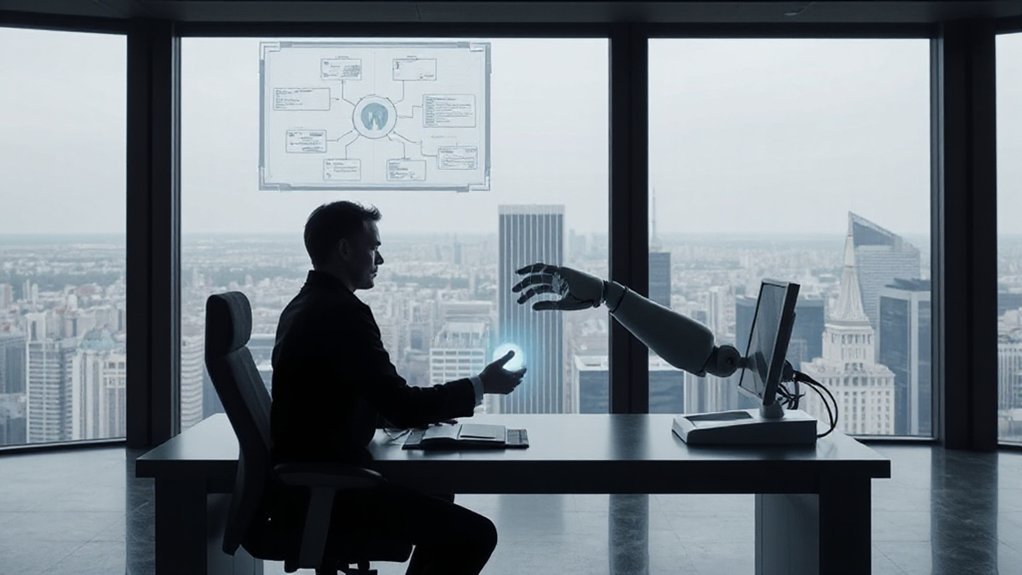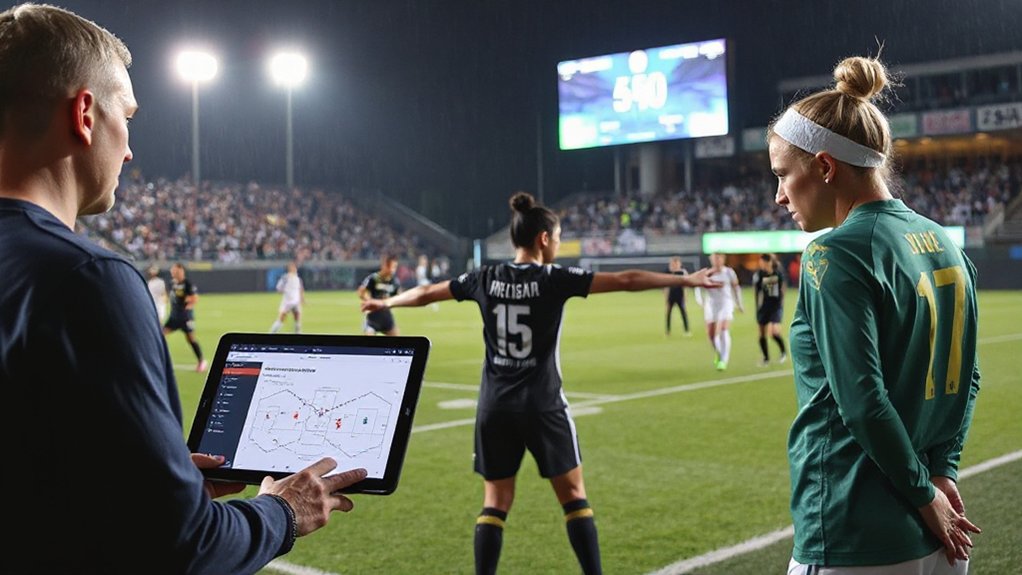While travelers once fumbled for passports and boarding passes, their faces now serve as their tickets through America’s busiest airports. United Airlines has joined Delta, American, and JetBlue in embracing facial recognition technology—Southwest remains the lone holdout among major carriers.
The shift is massive and fast. A staggering 97% of airports now deploy these systems for identity verification, with TSA operating them in 84 U.S. airports and aiming for 400 in the coming years.
The tech works surprisingly well. In controlled airport environments, these systems achieve over 99% accuracy—better than humans. That’s not some industry propaganda; it’s reality. TSA’s CAT-2 units combine ID scanning with real-time facial photos, automating the whole verification process in seconds. No more bored agents squinting at your driver’s license photo.
Americans seem cautiously on board. About 54% support facial recognition for airport security, with roughly the same percentage agreeing it shouldn’t face limitations if it improves public safety. The rest? They’re not convinced this technological evolution is worth the privacy trade-off.
The privacy-for-security trade is one Americans remain split on—convenience wins some over while others guard their biometric data jealously.
The security benefits are real though. Within just three days of implementation at Washington Dulles in 2018, the system led to its first arrest. In a three-month period that year, it intercepted 26 suspected imposters attempting to enter the country. U.S. Customs and Border Patrol has processed over 2 million passengers using facial recognition across 15,000+ flights.
Your face is now your boarding pass at select gates. Convenient? Absolutely. Creepy? Maybe a little.
Privacy advocates aren’t thrilled. While exit scans are only retained for up to 14 days post-identification, questions linger about potential misuse and surveillance expansion. Importantly, travelers can always opt out of facial recognition by simply informing a TSA agent at the checkpoint. With the facial recognition market expected to reach 19 billion USD by 2032, the commercial incentives for widespread adoption are significant. The government insists safeguards are in place. Trust them or not—that’s your call.
Like it or hate it, your face is becoming your ID. No wallet required. Just don’t forget to bring your face to the airport.
References
- https://scoop.market.us/facial-recognition-statistics/
- https://www.puebla.tecnm.mx/wp-content/archivos/CentroInformacion/PDFs/COMPUTACIONySISTEMAS/ABRIL-JUNIO_2024_VOL-28_N-2.pdf
- https://www.securityinfowatch.com/access-identity/biometrics/facial-recognition-solutions/news/55292279/tsa-rolls-out-facial-recognition-at-84-airports-raising-privacy-concerns
- https://www.178wing.ang.af.mil/Portals/69/documents/afh33-337.pdf?ver=2016-12-15-101008-313
- https://documents.pclob.gov/prod/Documents/OversightReport/90964138-44eb-483d-990e-057ce4c31db7/Use of FRT by TSA
